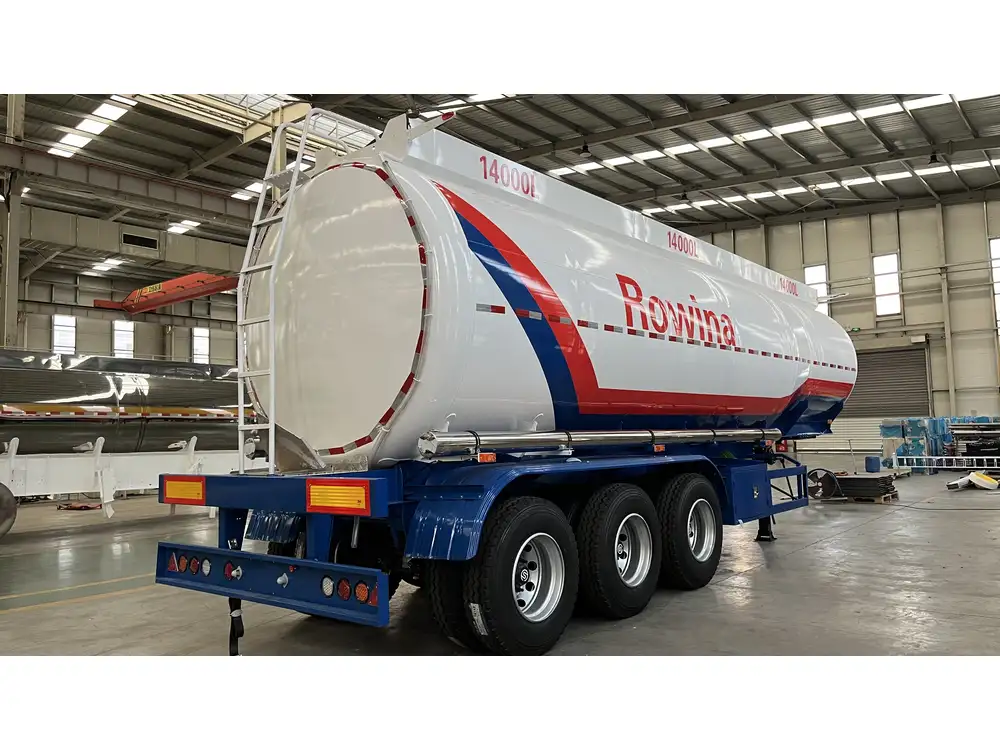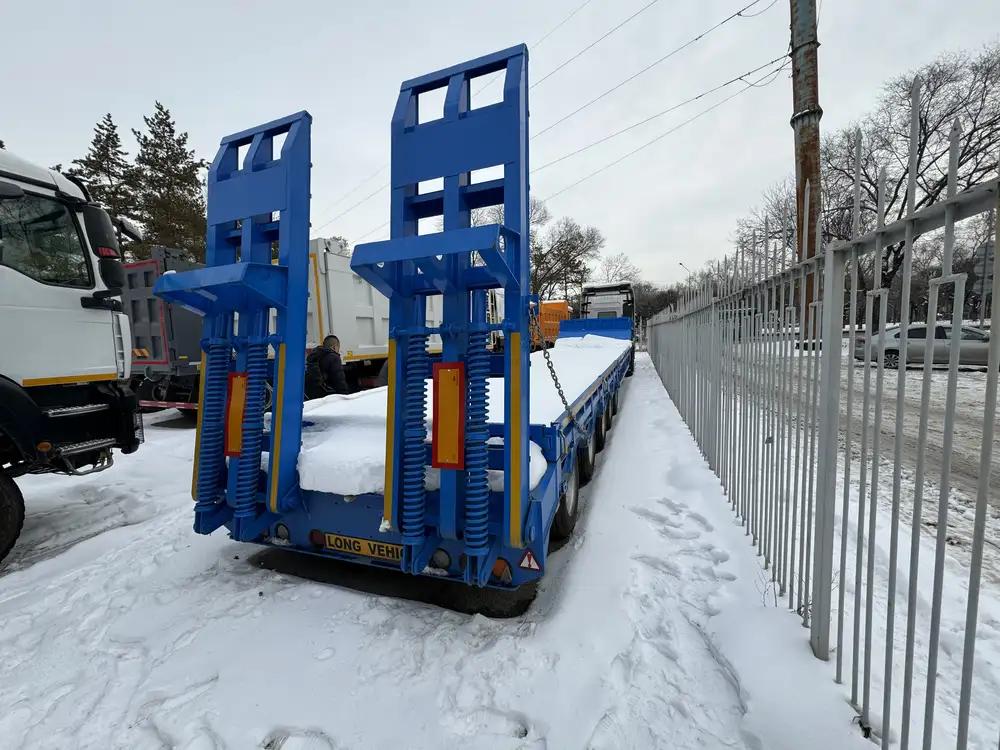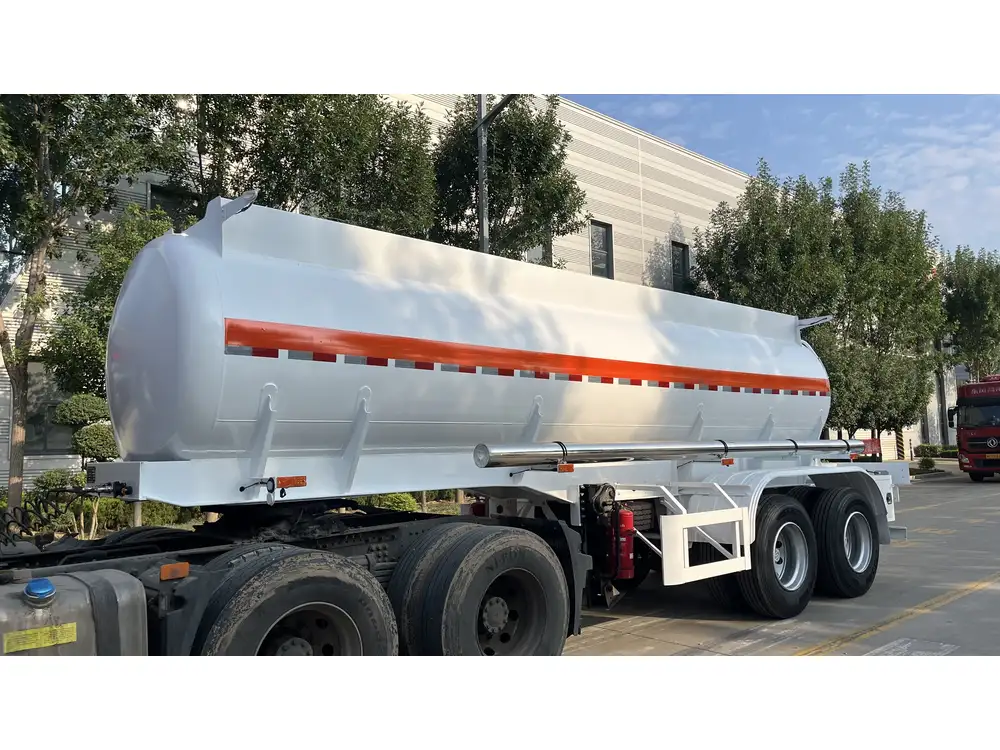When exploring the world of semi-trucks and their functionalities, one of the most elementary yet crucial questions that often arises is: how many wheels does a semi without a trailer have? This inquiry forms the foundation of our exploration into heavy haulage, dissecting the anatomy of these massive vehicles, their loading capabilities, and their operational characteristics. In this article, we shall dissect the mechanics, configurations, and industry standards regarding semi-trailers and their wheel systems.
The Basic Anatomy of a Semi-Truck
To establish a firm understanding of how many wheels a semi has without its trailer, we must first grasp the structure of a semi-truck itself.
Components of a Semi-Truck
- Cab: The front part of a semi-truck where the driver sits.
- Chassis: The framework that supports the load.
- Axles: Rods that connect the wheels, allowing them to rotate.
- Wheels and Tires: Essential for movement and load bearing.

Standard Configuration
A typical semi-truck (or tractor) has multiple wheels configured to support both stability and balance. The common configurations often found in commercial vehicles include:
| Configuration Type | Description | Number of Wheels |
|---|---|---|
| Standard Tractor | 4×2 or 6×4 axle configurations | 6 to 10 |
Standard Wheel Counts Without a Trailer
4×2 Configuration:
- Wheels: 6 (2 front, 4 rear)
6×4 Configuration:
- Wheels: 10 (2 front, 8 rear, typically used for greater load capacity)
Tire Variations
The type of tires also plays a significant role in determining the wheel setup. From all-season to specialized radial tires, each setup has specific load ratings, which can affect performance and safety.

How the Absence of Trailers Influences Wheel Count
In addressing the primary question of how many wheels a semi has without a trailer, it is mandatory to clarify that the vehicle configuration remains primarily consistent regardless of the presence of a trailer. The distinction resides in the fact that trailers can introduce additional wheels and axles, modifying overall maneuverability and load distribution.
Factors Affecting Wheel Configuration
Type of Cargo:
- A semi-truck’s loads—heavy or light—can dictate wheel configurations.
Regional Regulations:
- Different regions may have specific legal requirements affecting axle configurations and weight limitations.
Manufacturer Preferences:
- Various manufacturers have different design philosophies that lead to distinct wheel configurations.
Comparison Table of Wheel Configurations
| Type of Semi-Truck | Front Wheels | Rear Wheels | Total Wheels |
|---|---|---|---|
| Standard 4×2 Tractor | 2 | 4 | 6 |
| Heavy-Duty 6×4 Tractor | 2 | 8 | 10 |

Additional Factors Surrounding Wheel Count and Functionality
Load-Capacity Considerations
Understanding how these wheel counts translate into load-bearing capacities is paramount for those involved in logistics and transport.
Load Distribution: It is crucial that the wheel configuration can adequately distribute the weight of the cargo across all wheels. Overloading a specific axle can lead to rapid wear and unsafe driving conditions.
Centralized Loads vs. Distributed Loads: Centralized loads may allow for fewer wheel counts, but balanced distribution is often advocated for larger shipments.
Importance of Adequate Maintenance
Each wheel setup theoretically enhances operational safety, yet regular maintenance plays a critical role in ensuring the longevity and safety of the vehicle.

Maintenance Checklist
- Visual Inspections: Regular checks for wear and tear on tires.
- Tire Pressure Monitoring: Maintaining the appropriate pressure in each tire to ensure optimal performance.
- Brake System Checks: Ensuring brakes function effectively, given their immense role when the additional weight of a trailer is introduced.
Evolution of Semi-Trailer Designs
Over the years, semi-trailer designs have undergone significant evolution, focusing on both safety and efficiency in trucking.
Technological Innovations
Recent advancements in technology have reshaped how we consider wheels and trailers. For instance:
- Automatic Tire Pressure Monitoring Systems (TPMS): Help maintain optimal tire pressure and enhance efficiency.
- Weight Sensors: Allow real-time monitoring of axle weight load distribution, aiding in compliance with local regulations.

Influences on Industry Trends
Eco-Friendly Technologies: Growing emphasis on environmentally sustainable designs has prompted manufacturers to explore lighter materials, potentially affecting wheel number decisions.
Regulatory Changes: Ongoing shifts in regulations often trigger changes in design choices, impacting the overall layout and wheel counts.
Addressing User Concerns
For users engaged in the transport and logistics industry, addressing the question of wheel counts without trailers can often lead to further inquiries that are essential to operations.
FAQs Related to Wheel Counts in Semi-Trailers

1. What maintenance practices enhance wheel longevity?
Regular visual inspections, maintaining tire pressure, and ensuring the brakes function properly are crucial for wheel longevity.
2. Can the wheel configuration impact fuel efficiency?
Indeed, improper wheel configurations or overloaded axles can lead to increased drag and reduced fuel efficiency.
3. How do regional laws affect wheel configurations?
Different regions have specific axle weight laws which can dictate the total number of wheels required, affecting configurations.

Conclusion: The Role of Wheel Counts in Semi-Trailers
Navigating the myriad configurations of semi-trucks without trailers is an evolving discipline central to effective haulage and logistics. The inquiry into how many wheels a semi without a trailer has encapsulates a broader understanding of the vehicle’s role and functionality.
In summary, a standard semi-truck without a trailer generally features a wheel count that varies from 6 to 10, depending largely on its configuration. Understanding these configurations further prompts discussions about loading capabilities, maintenance practices, and evolving industry standards.
As the landscape of transport continues to evolve, staying abreast of these changes—not only ensures compliance but also enhances safety and efficiency across the board. Whether you are a manufacturer, operator, or part of the regulatory field, awareness around wheel counts is not just relevant; it is crucial.



